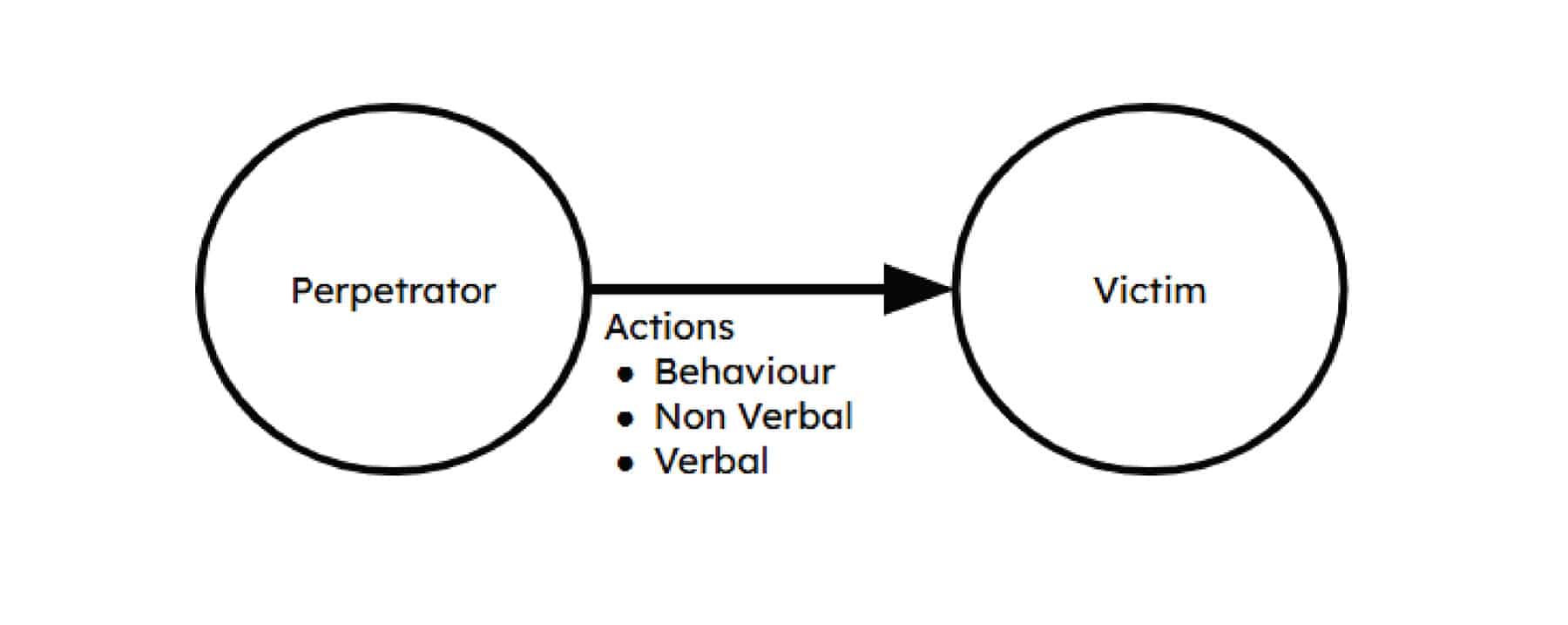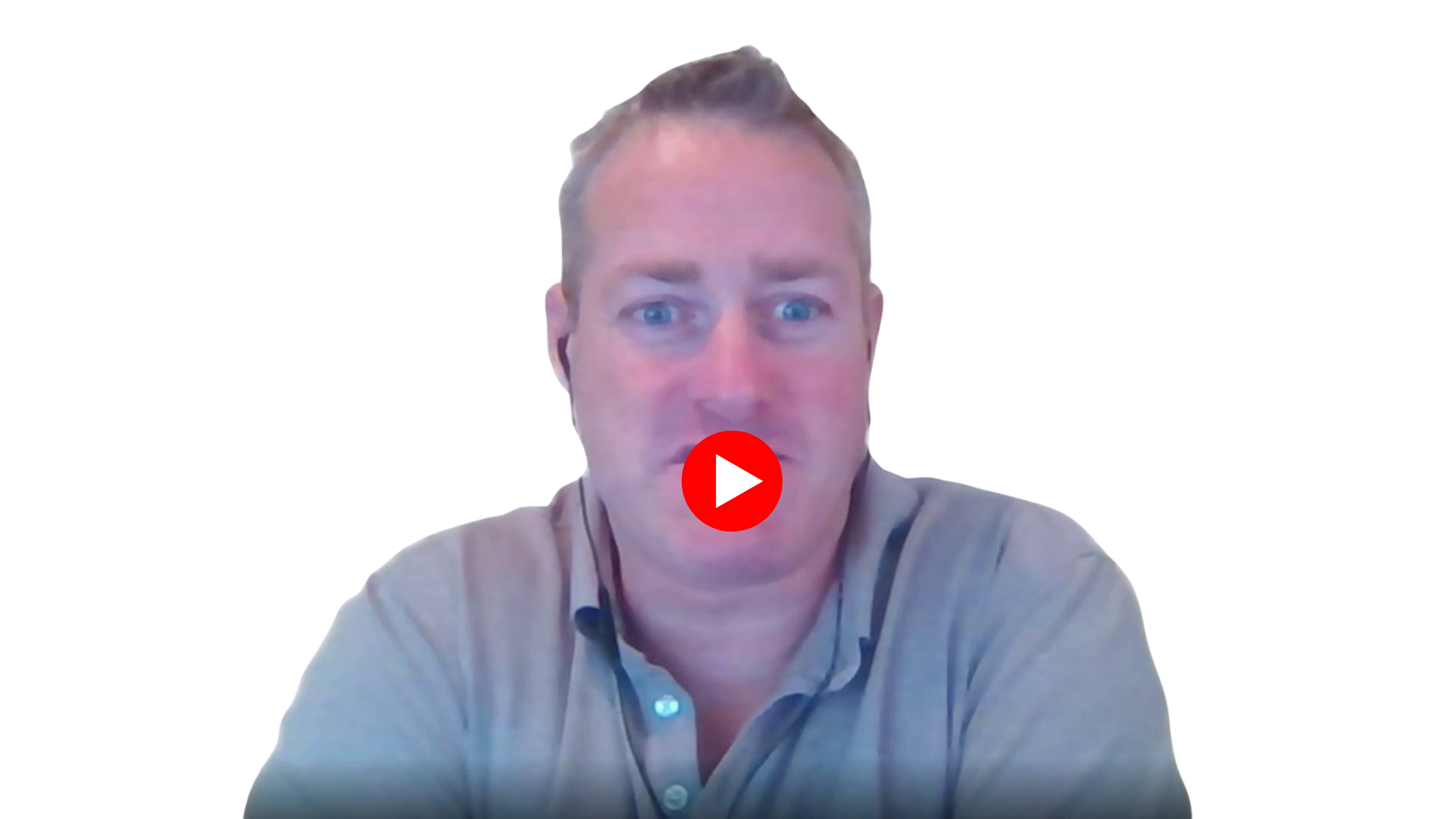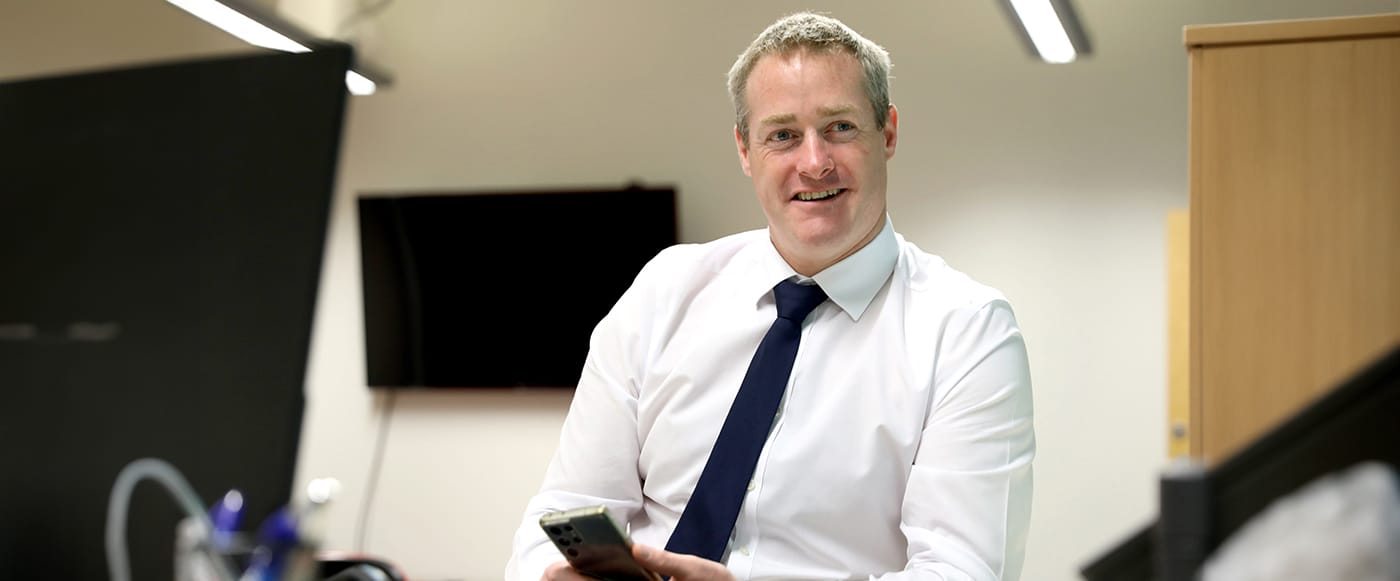Bullying Quick Guide
What is bullying?
Bullying is a term used to indicate when someone has negatively affected another person and there is a feeling this was deliberate action to get a desired outcome by the bully.
The standard definition of to bully is “to seek to harm, intimidate, or coerce (someone perceived as vulnerable)”
Understanding where bullying starts or stops is part of the complexity of managing it well, either as someone accused of bullying or someone who feels bullied.
What are the components involved in bullying?
There are always at least two people involved in the idea of bullying and there are the actions of one impacting on another:

For the moment we’ll label the person doing the bullying as the perpetrator and the person being impacted as the victim.
There are some potential scenarios here:
- A perpetrator consciously bullying a victim and the victim not feeling bullied
- A perpetrator consciously bullying a victim and the victim feeling bullied
- A perpetrator pre-consciously bullying a victim and the victim not feeling bullied (This is usually picked up by witnesses who feel it wasn’t appropriate)
- A perpetrator pre-consciously bullying a victim and the victim feeling bullied
The scenarios indicate that either a perpetrator will be conscious or pre-conscious of their potentially harmful, intimidating or coercive actions and a victim will either feel bullied or not. Does that sound right?
Some may say that pre-conscious bullying can’t be bullying, but this probably isn’t what victims or individuals witnessing it will feel. It is likely that pre-conscious bullying accounts for at least 80% of the moments of perceived bullying between people. It is likely pre-conscious bullying isn’t done with malicious intent but it still has an impact we could be safeguarding against.
We are all potential bullies/perpetrators
Shock/Horror – yes we are all bullies in the making.
We all can have moments of allowing our emotions get the better of us and not considering the impact on others; that moment you see someone doing something that is so obviously wrong to you and everyone and you can’t believe anyone would be so stupid, frustration, despair, anger etc. – all these moments are potentials for emotions getting the better of us and our resulting actions impacting others.
Consider the definition again – “seek to harm, intimidate, or coerce” Seek being the operative word.
On a day to day basis we probably don’t actively consider or understand the impact we have on the people around us, right? However it is happening even with every stroke of this keyboard.
So how can we manage ourselves to avoid potentially causing harm, intimidate, or coerce? Remember ignorance is not a defence. We have too much understanding of the brain. All our actions are driven by the brain, there is a pre-conscious and conscious relationship with our actions. If we aren’t actively managing ourselves we may react negatively to anything that we haven’t been pre-configured to react positively to. For instance anyone’s different thoughts, anyone who dresses differently, anyone who doesn’t see your point of view etc.
Lot’s of potential pitfalls for even a momentary negative response that might affect someone, right?
We need to worry when there is conscious bullying
Let’s not dismiss there are some very conscious bullies in this world, and this is dangerous. Not because of the obvious initial fallout, but the undercurrent of negative impact (remember the physics – every action has an equal and opposite reaction). A world where people believe they can coerce and intimidate and even harm others into their way of thinking is unpleasant at the face of it, but dangerous for the positive progression of humanity. There’ll be some that feel this is the way to behave to keep world safe, there’ll be others who are broken in some way and enjoy some degree of power and pain in others.
If you suspect conscious bullying is going on this requires a more structured approach and it is best offloading to dedicated teams.
Below we suggest a pathway to explore pre-conscious bullying which is likely to account for around 80% of discomfort between individuals
As a victim, what can we do to manage the space of pre-conscious bullying better?
- Step Back: Are you feeling bad about the way someone interacts with you?
- Step Up: Understand why it feels bad so you are in a position to get others on board. Have a conversation about it. Ideally, let the individual know how it makes you feel. Get them on board your journey. Agree a way forwards together.
- Step Back In: Get back doing what’s important to you
As a potential perpetrator, what can we do to manage the space of pre-conscious bullying better?
- Step Back: Take some time to reflect
- How might your actions be received by others?
- Do you want others to be in great spaces?
- Step Up: Create an environment for awesomeness all of the time:
- Honesty: Does everyone feel you want to hear all their different thoughts/feelings/ideas all of the time and it will only be valued?
- Inclusiveness: Does everyone feel you value their participation as essential to delivering the best results moving forwards?
- Purpose: Does everyone feel you understand the importance of a shared purpose and you actively establish this with them?
- Balance: Does everyone feel you encourage them to prioritise themselves 100% and manage themselves as needed?
- Structure: Does everyone feel you only progress when everyone agrees with the way forwards?
- Step Back In: Adjust as needed and get back involved.
If any of these systems (Honesty, Inclusiveness, Purpose, Balance Structure) are off, what can you do to enhance it?
Remember, it only takes one of these spaces to be off to start a downward cycle in the way others feel around you;
- You don’t really want to hear what I’m thinking (Honesty)
- You don’t really care if I’m involved (Inclusiveness)
- You don’t really care about why I’m here (Purpose)
- You don’t really care about how I am (Balance)
- You don’t really think I should question things, I should just fall in line (Structure)
The moment anyone is in a bad space with any of these systems any other moments of “poor behaviour/communication” can feel ten times worse. If you are constantly curating an environment for positive progression you will be less likely to be labelled a bully unknowingly
Summary
Bullying is such a delicate space. There are always 2 people involved knowingly or unknowingly. For deliberate bullies you’d hope they are filtered out, this doesn’t always happen.
The two actions we can all get better at are:
- As victims manage our emotions. When we feel bad because of an interaction with another we should do our best to understand the root cause and manage with those involved as quickly as we can
- As potential perpetrators optimise environments where victims are likely to speak up as soon as there is an event.
Hopefully from this guide you have a few more points to reflect on and improve the space of bullying, so there is less pre-conscious bullying occurring, remember it isn’t ever likely to be eradicated, our moments of excessive emotions will always be there – it’s what keeps us alive.

Interested in finding out more?
Book a meeting in with the Tribe team
today on +44 (0) 1325734847 or at
team@tribe365.co













